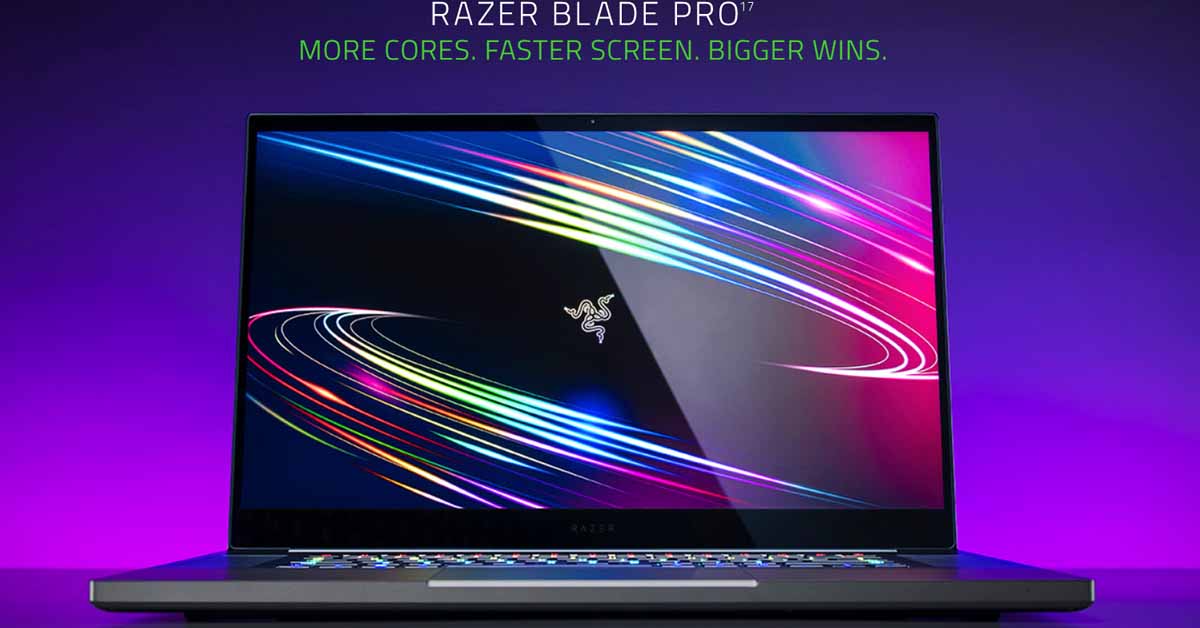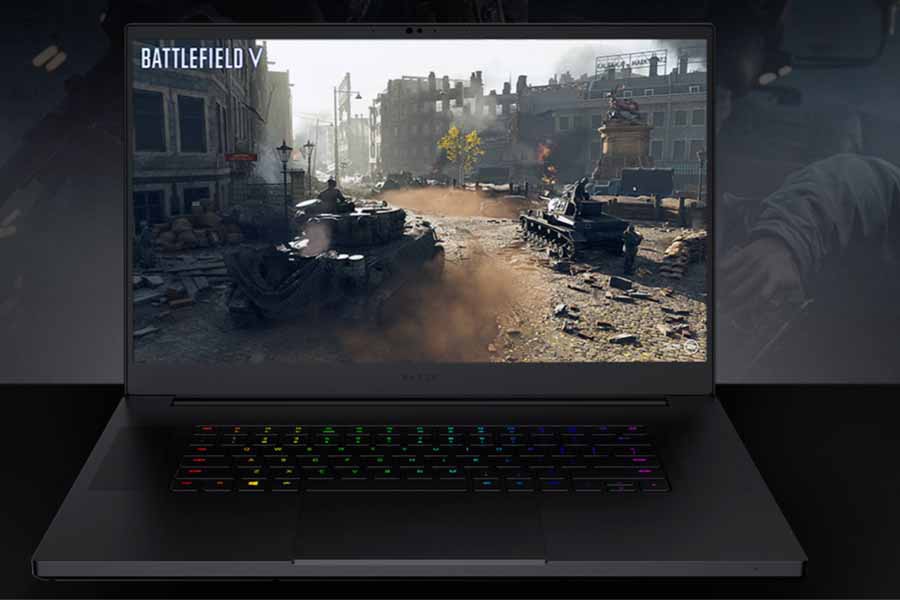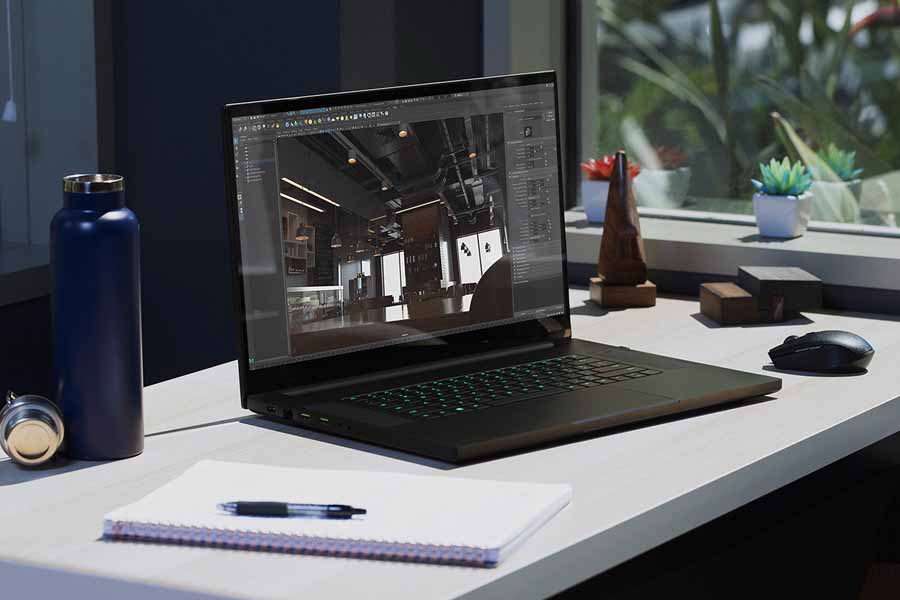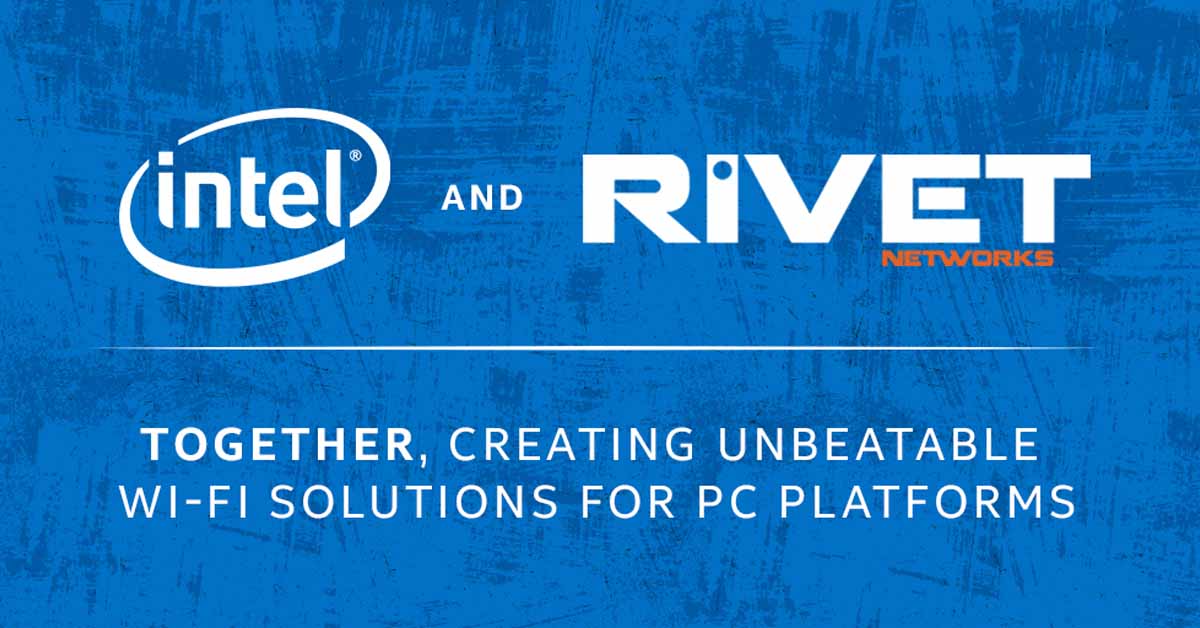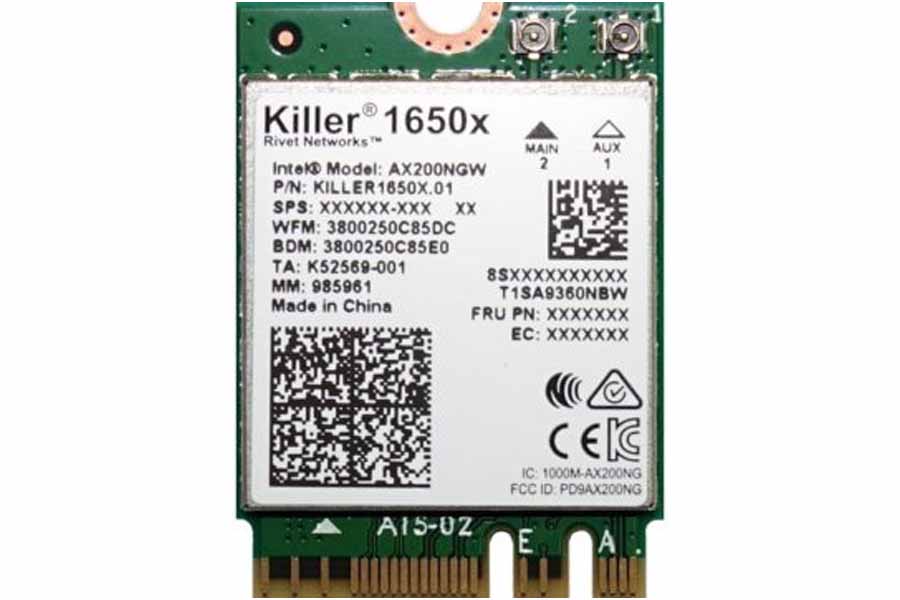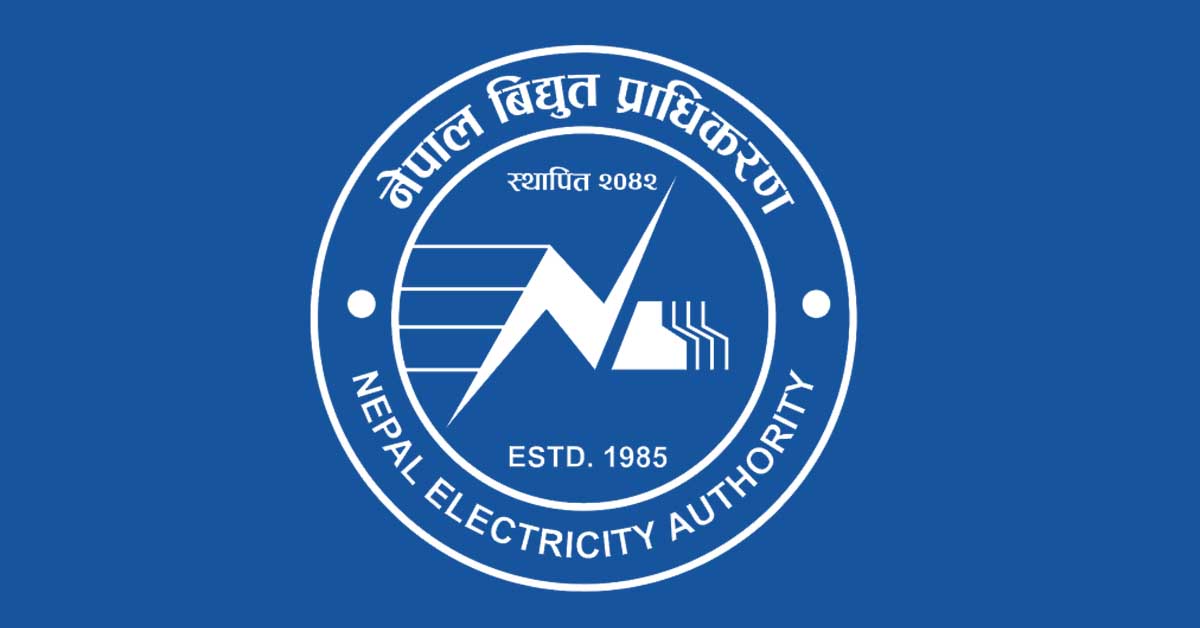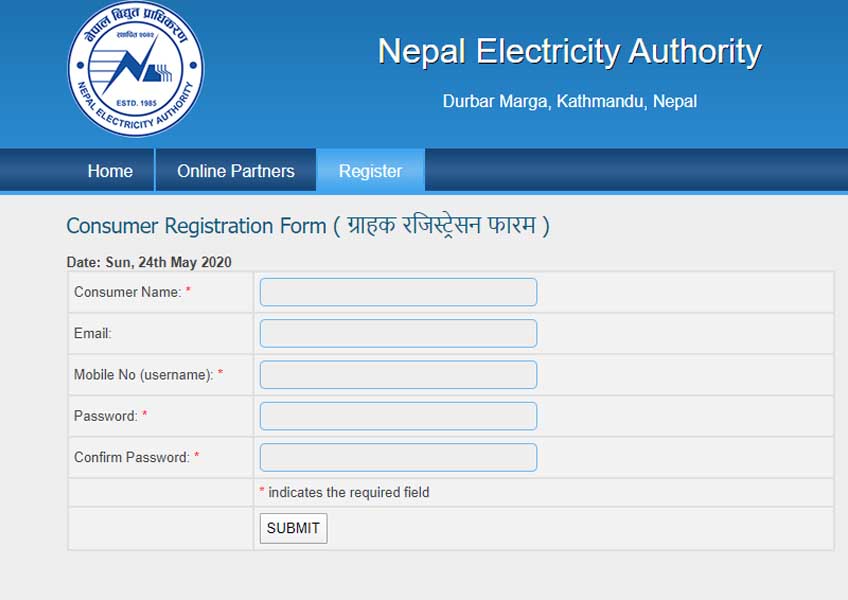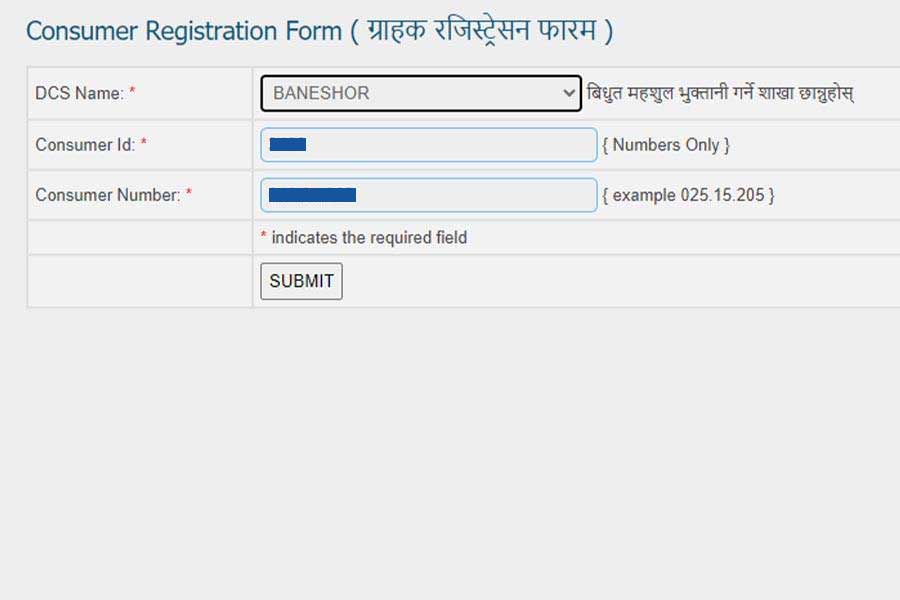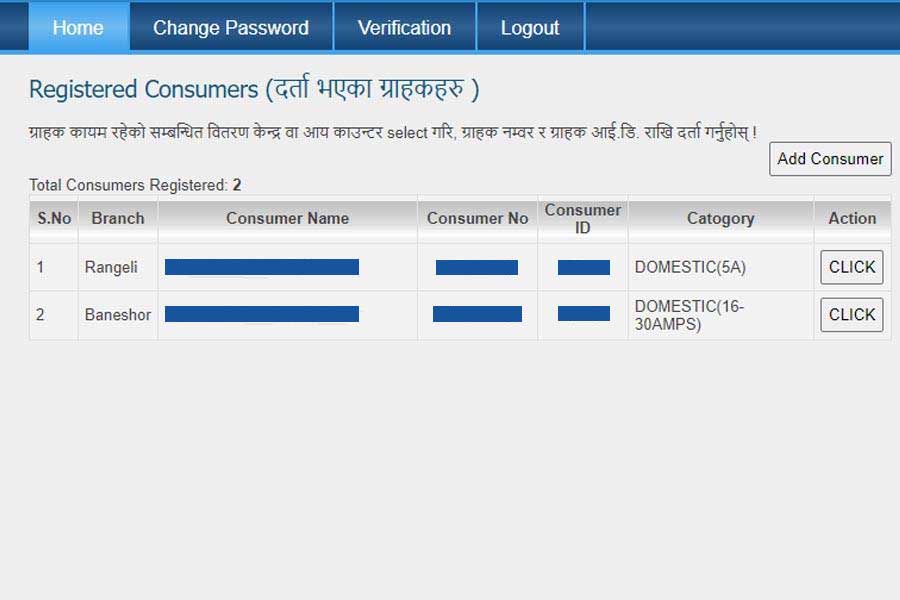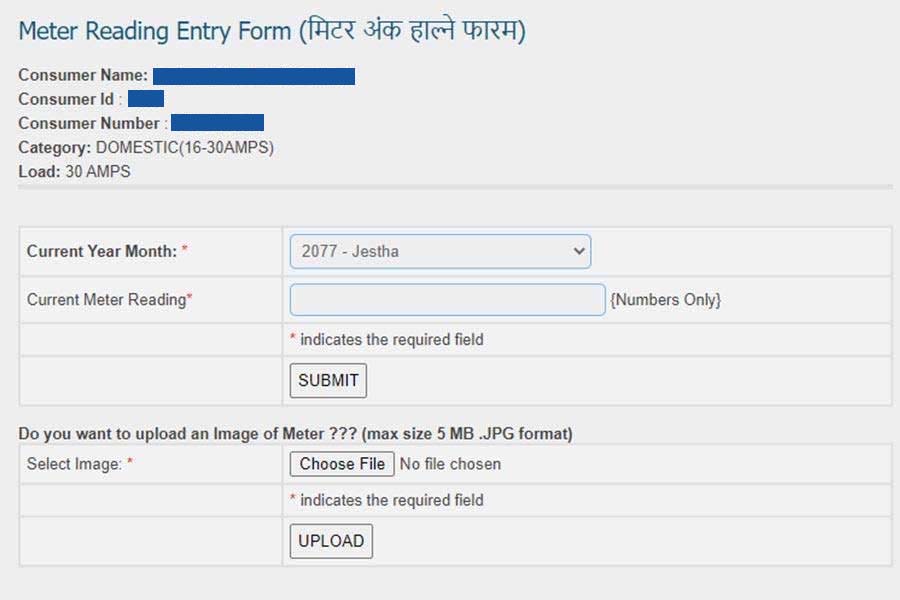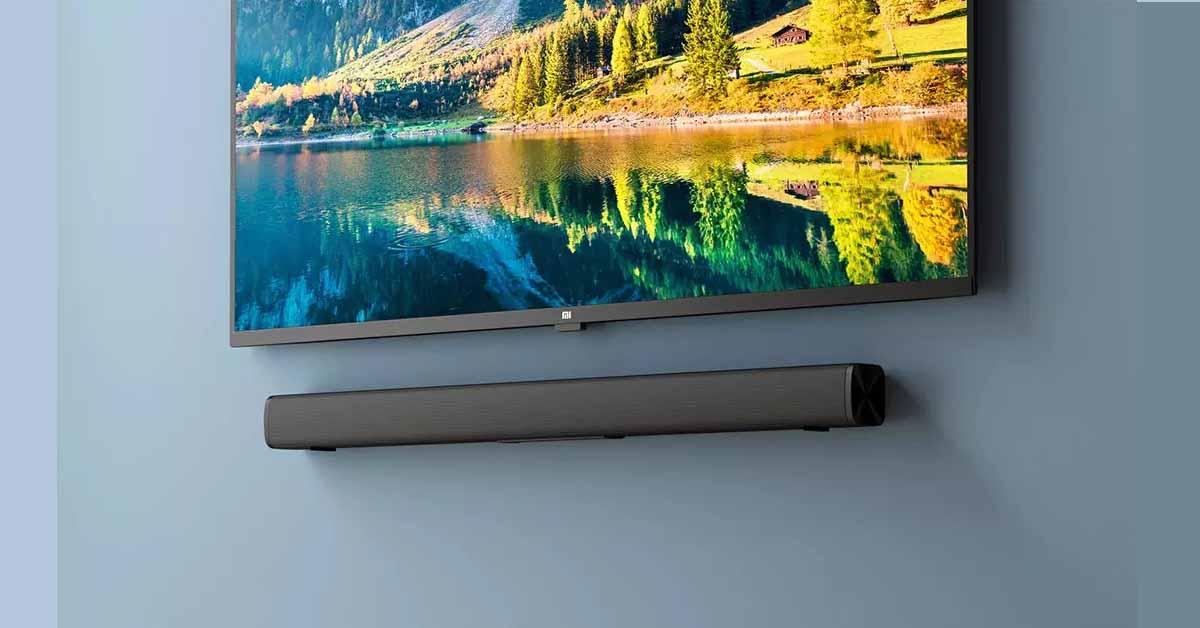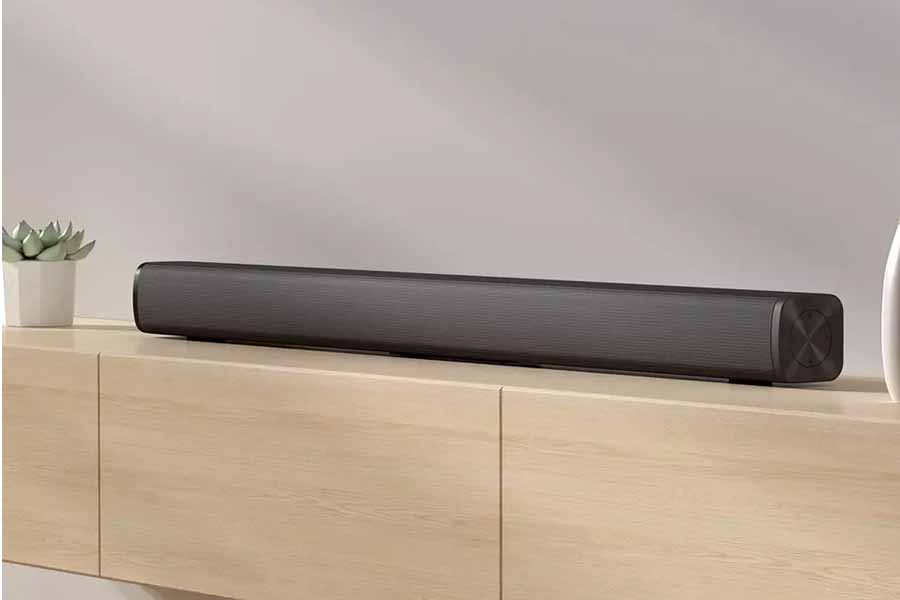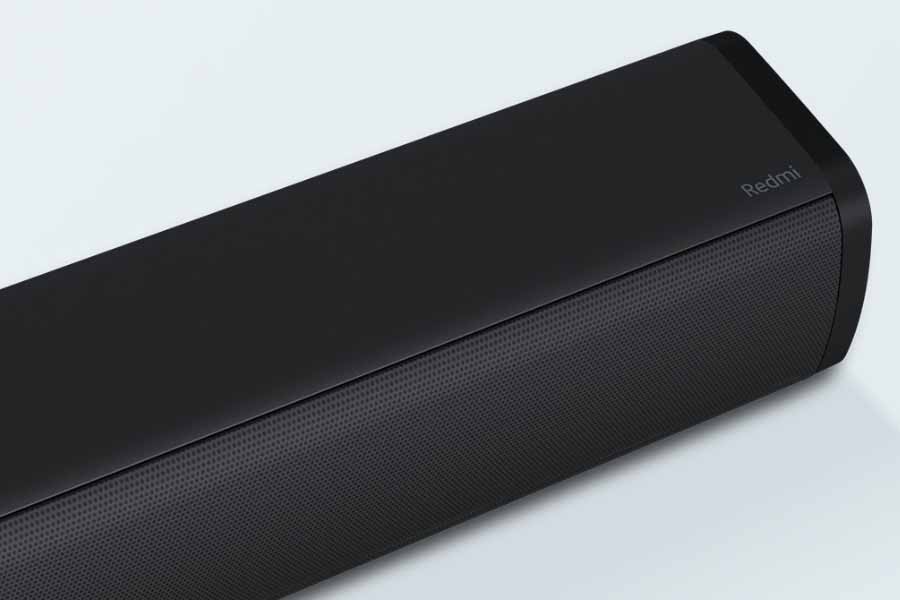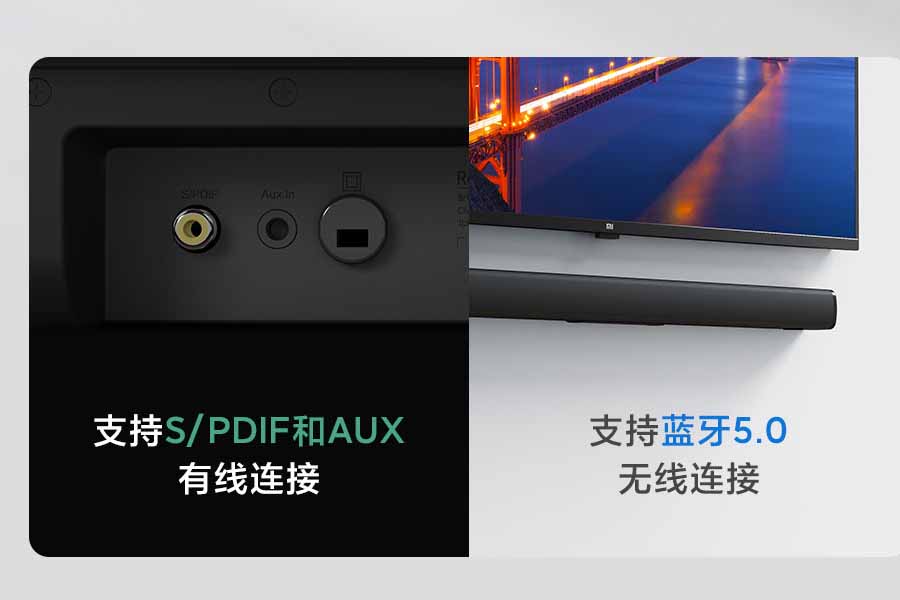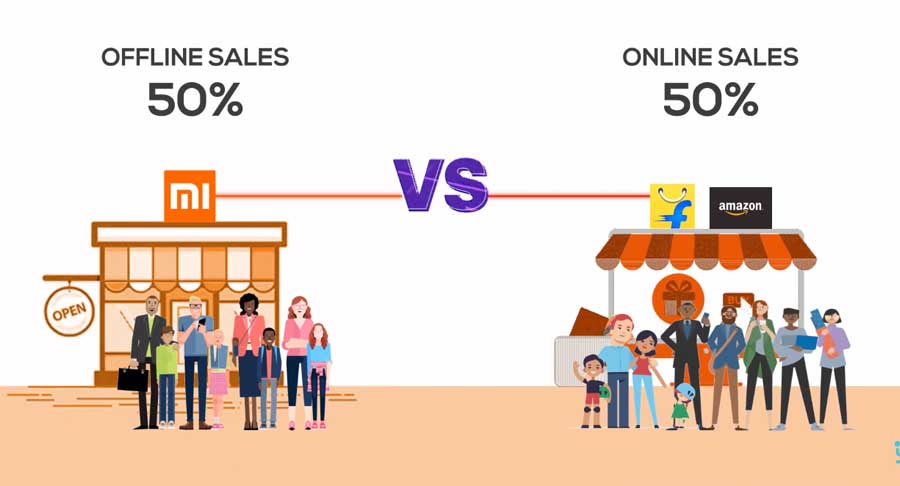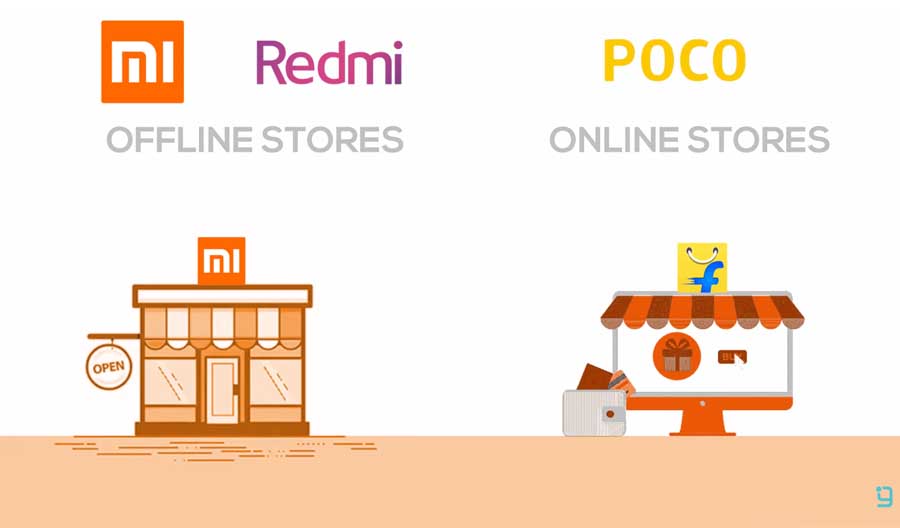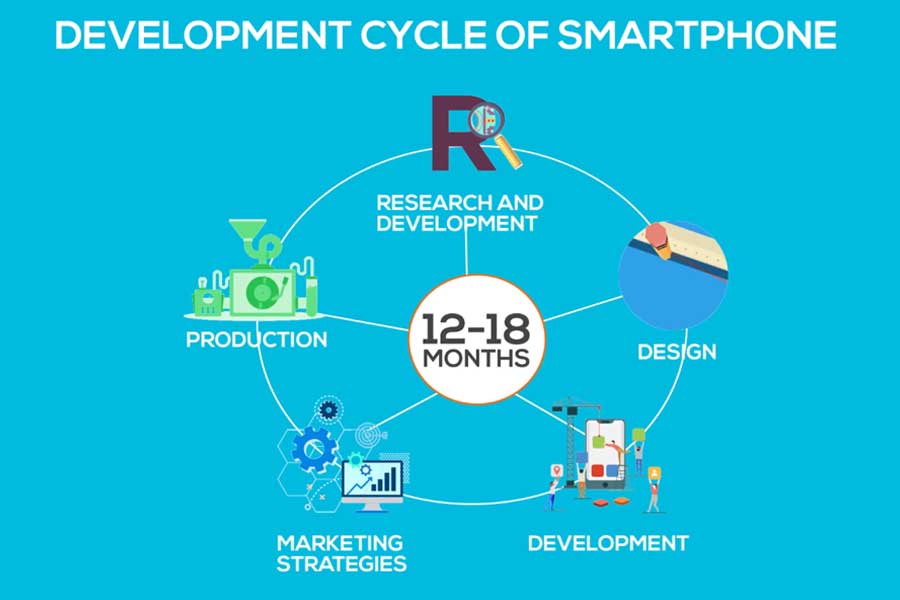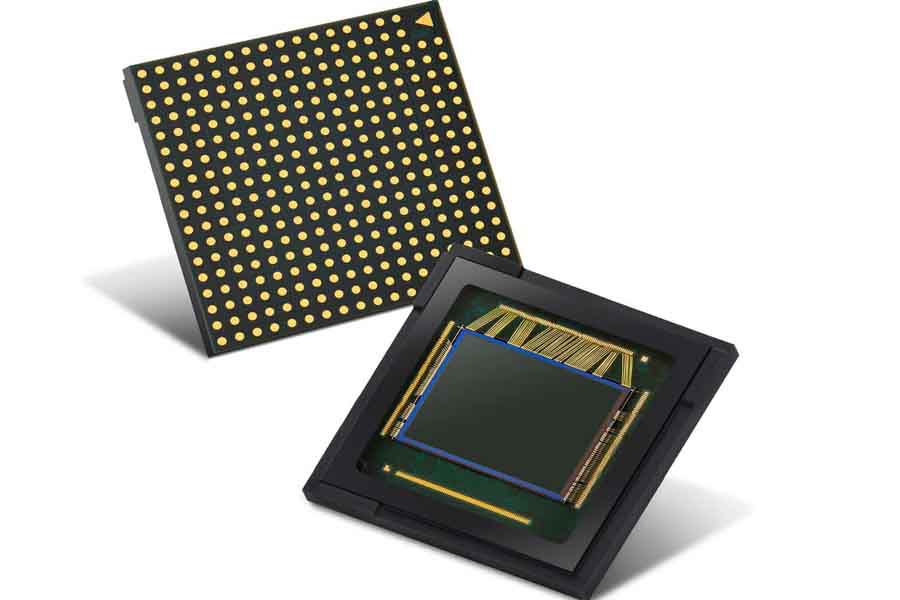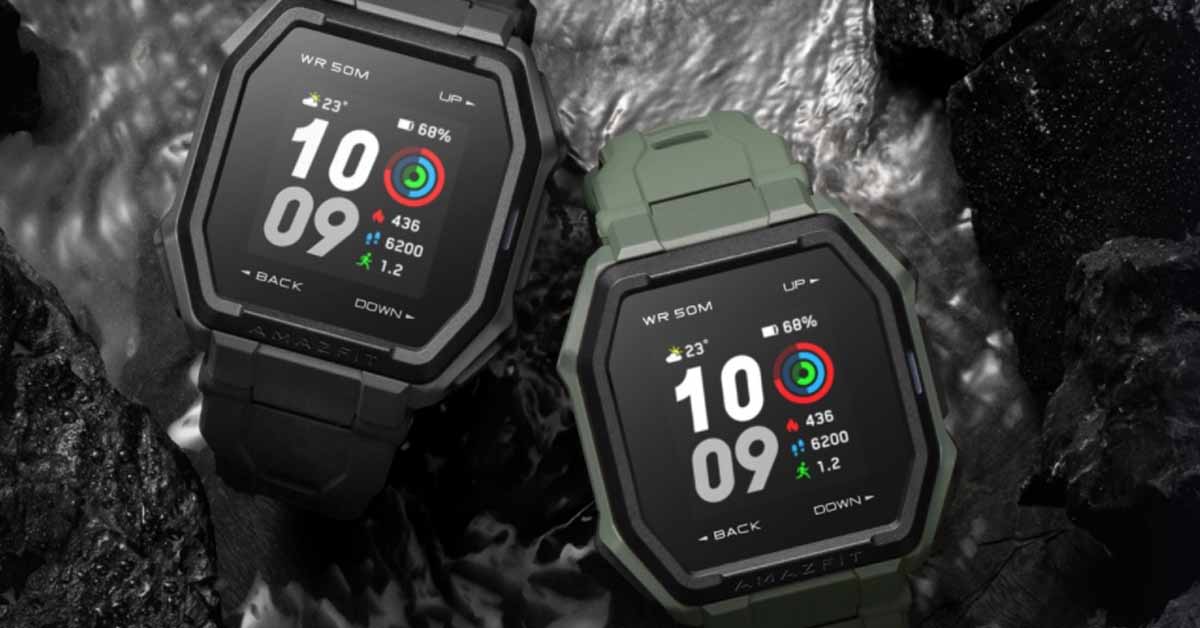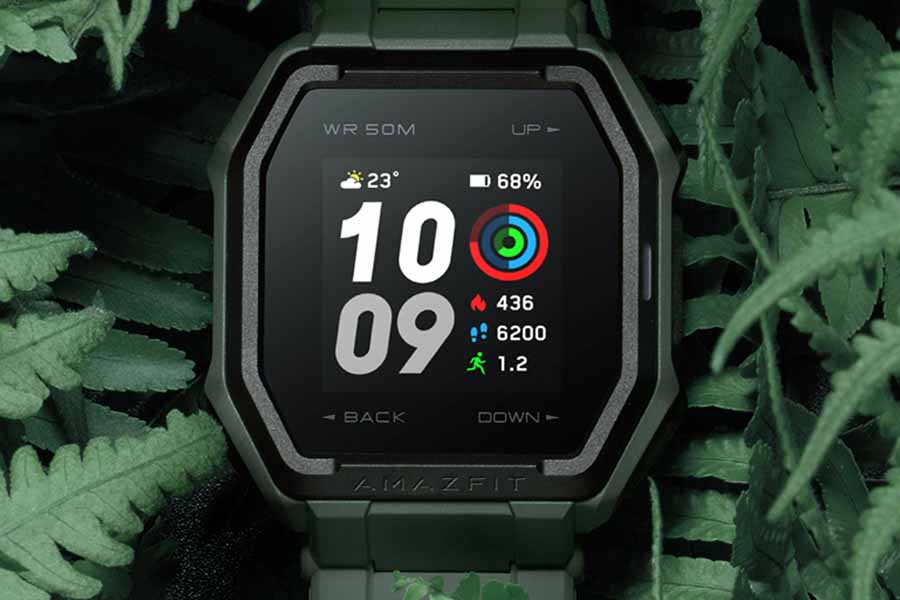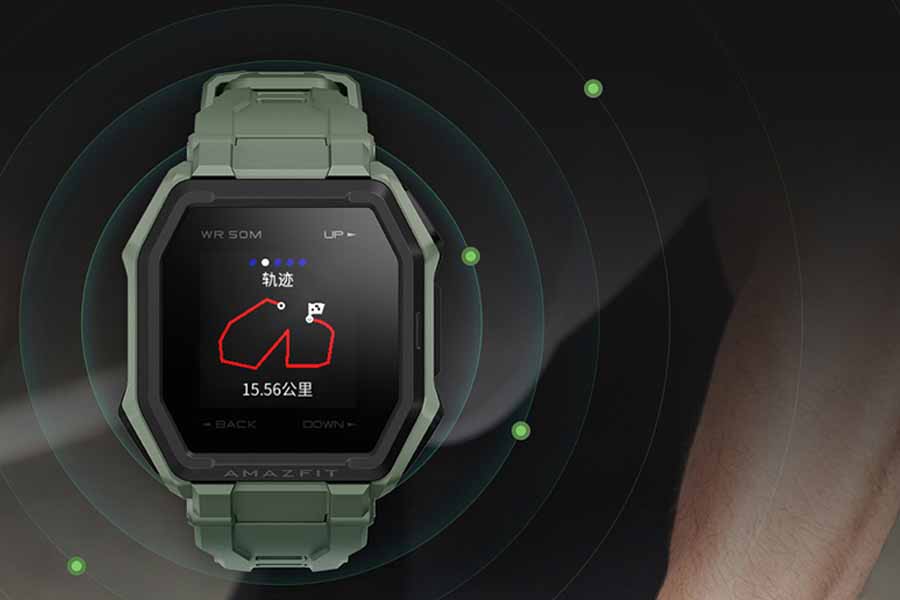If you are looking to build a custom PC, there are a lot of things to consider. But most of us focus mainly on the processing prowess of our setup. Powerful processors aren’t hard to get; there are a lot of them in the market. But, having one of them doesn’t ensure beast-like performance. For a processor to showcase its true capability, it is equally important to have a cooler that maintains its temperature. Today, we will be taking a look at the range of Cooler Master coolers, for both PC and notebook, along with the specs, features, and price in Nepal.
Cooler Master Overview
Cooler Master is a brand that was established in 1992 to come up with a portfolio of thermal solutions (coolers) that can keep both users and their wallets happy. It has been pretty successful with its original motto. Now they have expanded their portfolio of products to include the rest of computer hardware, such as PC cases, power supply units, mouse, and even headsets. It works in partnership with NVIDIA and AMD. However, most of the recognition that it has now is because of its lineup of PC and notebook coolers.
Before you buy a PC Fan…
The majority of PC cases come with pre-installed fans, but that doesn’t mean you have to use it. You can buy third party fans that best suits the purpose of your rig. A massive fan isn’t necessarily better, but it can push more air than a smaller one while running at the same RPM (Revolutions Per Minute). CFM (Cubic Feet per Minute) is the measure of the volume of air that the fan can push out inside a minute. Static pressure isn’t necessary unless you plan to put components inside the cabinet that will block the fan. Also, pay attention to the noise level as a noisy fan can cause a distraction in the middle of gaming sessions.
Cooler Master PC, Notebook Coolers Price in Nepal [Updated 2020]
| Cooler Master Thermal Solutions (Fan, Air cooler, Liquid Coolers, Notebook coolers) | Price in Nepal |
| Sickle Flow Case Fan X (RED LED) | NPR 1,312.5 |
| Sickle Flow Case Fan X (BLUE LED) | NPR 1,312.5 |
| Master Fan Pro 120 Air Pressure | NPR 2,437.5 |
| Master Fan Pro 120 RGB Airflow | NPR 3,000 |
| Master Fan MF120L RED LED | NPR 1,437.5 |
| X Dream i117 CPU Fan | NPR 1,562.5 |
| Standard i70C LED CPU Fan | NPR 1,625 |
| Blizzard T2 MINI | NPR 2,312.5 |
| Hyper H410R | NPR 3,750 |
| Hyper 212 | NPR 6,875 |
| Master Liquid Lite 120 RGB Liquid Cooler | NPR 11,250 |
| Master Liquid Pro 240 Liquid Cooler | NPR 22,500 |
| Master Gel | NPR 487.5 |
| NotepalL L1 | NPR 2,187.5 |
| Notepal Ergostand Lite | NPR 3,625 |
| Notepal U2+ | NPR 3,625 |
- You might also be interested in, Corsair PC Coolers Price in Nepal
Cooler Master Case Fans
1. Sickle Flow Case Fan X (RED LED)
- Dimension: 120 x 120 x 25 mm; 109g
- LED: Red
- Bearing Type: POM Bearing
- Speed: 2000 RPM +/- 10%
- Airflow: 69.69 CFM +/- 10%
- Air pressure: 2.94 mmH20 +/- 10%
- Noise Level: 19 dBA +/- 10%
- Rated Voltage: 12VDC
- Rated Current: 0.35A
- Power Consumption: 4.2W
- Power Connector: 3-pin
- Price: Rs. 1,312.5
2. Sickle Flow Case Fan X (Blue LED)
- Dimension: 120 x 120 x 25 mm; 109g
- LED: Blue
- Bearing Type: POM Bearing
- Speed: 2000 RPM +/- 10%
- Airflow: 69.69 CFM +/- 10%
- Air pressure: 2.94 mmH20 +/- 10%
- Noise Level: 19 dBA +/- 10%
- Rated Voltage: 12VDC
- Rated Current: 0.35A
- Power Consumption: 4.2W
- Power Connector: 3-pin
- Price: Rs. 1,312.5
3. MasterFan MF120L RED LED
- Dimension: 120 x 120 x 25 mm; 89g
- LED: Red
- Speed: 1200 RPM +/- 10%
- Airflow: 32 CFM +/- 10%
- Air pressure: 0.7 mmH20 +/- 10%
- Noise Level: 25 dBA +/- 10%
- MTTF: 2,80,000 hours
- L-10 Life: 40,000 hours
- Rated Voltage: 12VDC
- Safety Current: 0.16A
- Power Connector: 3-pin
- Price: Rs. 1,437.5
4. Master Fan Pro
- Dimension: 120 x 120 x 25 mm; 158g
- Speed:
– Silent Mode: 650 – 1550 RPM +/- 10%
– Quite Mode: 650 – 2250 RPM +/- 10%
– Performance Mode: 650 – 2750 RPM +/- 10% - Airflow:
– Silent Mode: 35CFM +/- 10%
– Quite Mode: 53.5 +/- 10%
– Performance Mode: 62.1 RPM +/- 10% - Air pressure:
– Silent Mode: 1.45mmH20 +/- 10%
– Quite Mode: 3.14mmH20+/- 10%
– Performance Mode: 4.6mmH20 +/- 10% - Noise Level:
– Silent Mode: 6 – 20 dBA +/- 10%
– Quite Mode: 6 – 30 dBA +/- 10%
– Performance Mode: 6 – 36 dBA +/- 10% - Rated Voltage: 12VDC
- Power Connector: 4-pin
- Price: Rs. 2,437.5
5. Master Fan Pro RGB
- Dimension: 120 x 120 x 25 mm; 162g
- Speed: 650 – 1100 RPM +/- 10%
- Airflow: 48.8CFM +/- 10%
- Air pressure: 0.88 mmH20 +/- 10%
- Noise Level: 6 – 20 dBA +/- 10%
- Rated Voltage: 12VDC
- Safety Current: 0.4A
- Rated Current: 0.17A
- Power Consumption: 4.2W
- Power Connector:4 -pin
- Price: Rs. 3,000
Cooler Master CPU Fan (Air Coolers)
1. X Dream i117 CPU Fan
- CPU socket: LGA 1200, 1156 , 1155 , 1151 , 1150 , 775
- CPU support: Core i7, i5, i3, Pentium, Celeron
- Dimension: 112.2 x 112.2 x 60.4 mm
- Heat Sink Material: Aluminum
- Fan Dimension: 95 x 95 x 20 mm
- Bearing: Rifle
- Speed: 1800 RPM +/- 10%
- Airflow: 36.5 CFM +/- 10%
- Air pressure: 1.55 mmH20 +/- 10%
- Noise Level: 19 dBA +/- 10%
- Rated Voltage: 12VDC
- Rated Current: 0.18A
- Power Consumption: 2.16W
- Power Connector: 3-pin
- Price: Rs. 1,562.5
2. Standard i170C CPU Fan
- CPU socket: LGA 1200, 1156 , 1155 , 1151 , 1150
- Dimension: 120 x 120 x 60 m
- Material: Aluminum, Aluminium
- Fan Dimension: 120 x 120 x 25 mm
- Bearing: Rifle
- Speed: 650 – 1800 RPM +/- 10%
- Airflow: 37 CFM +/- 10%
- Air pressure: 1.33 mmH20 +/- 10%
- Noise Level: 28 dBA +/- 10%
- Rated Voltage: 12VDC
- Rated Current: 0.2A
- Power Consumption: 2.4W
- Power Connector: 4-pin
- Price: Rs. 1,625
3. BLIZZARD T2 MINI CPU Fan
- CPU socket:
– LGA 1200, 1156 , 1155 , 1151 , 1150, 775
– AM4, AM3+, AM3, AM2
– FM2+, FM2, FM1 - Dimension: 88 x 72 x 117 m
- Heat Sink:
– Material: Aluminum Fins
– Dimension: 85 x 45 x 117 mm; 176g
– Heat Pipe: 2 - Fan:
– Dimension: 80 x 80 x 25 mm
– Bearing: Rifle
– Speed: 2200 RPM +/- 10%
– Airflow: 37 CFM +/- 10%
– Air pressure: 2.1 mmH20 +/- 10%
– Noise Level: 22 dBA +/- 10%
– Rated Voltage: 12VDC
– Rated Current: 0.12A
– Power Consumption: 2.16W
– Power Connector: 3-pin - Price: Rs. 2,312.5
4. Hyper H410R CPU Fan
- CPU socket:
– LGA 1200, 1156 , 1155 , 1151 , 1150, 775
– AM4, AM3+, AM3, AM2+, AM2
– FM2+, FM2, FM1 - Dimension: 102 x 83.4 x 136 m
- Heat Sink:
– Material: Aluminum Fins
– Dimension: 90 x 63.5 x 136 mm; 358g
– Heat Pipes: 4 - Fan:
– Dimension: 92 x 92 x 25 mm
– Speed: 600 – 2000 RPM +/- 10%
– Airflow: 34.13 CFM +/- 10%
– Air pressure: 1.79 mmH20 +/- 10%
– Noise Level: 29.4 dBA +/- 10%
– Rated Voltage: 12VDC
– Rated Current: 0.2A
– Power Consumption: 2.4W
– Power Connector: 4-pin - Price: Rs. 3,750
5. Hyper 212 CPU Fan
- CPU socket:
– LGA 2066, 2011-v3, 2011, 1366, 1200, 1156 , 1155 , 1151 , 1150, 775
– AM4, AM3+, AM3, AM2+, AM2
– FM2+, FM2, FM1 - Dimension: 120 x 84 x 160 m
- Heat Sink:
– Material: Aluminum Fins
– Dimension: 116 x 60 x 160 mm; 468g
– Heat Pipes: 4 (copper) - Fan:
– Dimension: 120 x 120 x 25 mm; 166g
– Bearing: Rifle
– Speed: 600 – 1600 RPM +/- 10%
– Airflow: 66.3 CFM +/- 10%
– Air pressure: 1.7 mmH20 +/- 10%
– Noise Level: 29.4 dBA +/- 10%
– Rated Voltage: 12VDC
– Rated Current: 0.19A
– Power Consumption: 2.28W
– Power Connector: 4-pin - Price: Rs. 6,875
Cooler Master Liquid Coolers
Liquid coolers may be expensive but they offer better cooling than air coolers. However, it isn’t free of hazards. They require regular monitoring and maintenance. If you aren’t careful, the liquid may leak and damage the whole setup.
1. Master Liquid ML120L
- CPU socket:
– LGA 2066, 2011-v3, 2011, 1366, 1200, 1156 , 1155 , 1151 , 1150, 775
– AM4, AM3+, AM3, AM2+, AM2
– FM2+, FM2, FM1 - Radiator:
– Material: Aluminum
– Dimension: 157 x 119.6 x 27 mm
– Size: 120mm - Pump:
– Dimension: 80.3 x 76 x 42.2 mm
– MTTF: 70,000 hours
– Noise level: 15 dBA
– Connector: 3-pin
– Rated Voltage: 12VDC - Fan:
– Dimension: 120 x 120 x 25 mm
– Speed: 650 – 2000 RPM +/- 10%
– Airflow: 66.7 CFM +/- 10%
– Air pressure: 2.34 mmH20 +/- 10%
– Rated Voltage: 12VDC
– Power Connector: 4-pin - Price: Rs. 11,250
2. MasterLiquid Pro 240
- CPU socket:
– LGA 2066, 2011-v3, 2011, 1366, 1200, 1156 , 1155 , 1151 , 1150, 775
– AM4, AM3+, AM3, AM2+, AM2
– FM2+, FM2, FM1 - Dimension: 275 x 118.5 x 27 mm
- Radiator: Material: Aluminum
- Pump:
– Dimension: 80.3 x 76 x 42.2 mm
– MTTF: 175,000 hours
– Noise level: 12 dBA
– Rated Voltage: 12VDC - Fan:
– Dimension: 120 x 120 x 25 mm
– Speed: 650 – 2000 RPM +/- 10%
– Airflow: 66.7 CFM +/- 10%
– Air pressure: 2.34 mmH20 +/- 10%
– Rated Voltage: 12VDC
– Power Connector: 4-pin - Price: Rs. 22,250
3. Master Gel (Thermal Grease)
- Color: White
- Specific Gravity: 2.4
- Thermal conductivity: 1.85 W/m-K
- Volume: 1.5g
Also Read: Corsair Gaming Cases price in Nepal
Cooler Master Notebook Coolers
1. Notepal L1
- Material: Plastic, Metal Mesh, Rubber
- Dimension: 390 x 310 x 20; 720g
- Fan:
-Dimension: 160 x 160 x 15 mm
-Speed: 1400 RPM +/- 15%
– Airflow: 70 CFM +/- 10%
– Noise level: 21 dBA - Compatibility: 7′ – 15.4″
- Price: Rs. 2,187.5
2. Notepal Ergostand Lite
- Material: Plastic, Mesh
- Dimension: 340 x 290.2 x 46.18; 1.12kg
- Fan:
-Dimension: 160 x 15 mm
-Speed: 700 – 1400 RPM +/- 15%
– Airflow: 35 – 70 CFM +/- 10%
– Noise level: 16 – 21 dBA - Compatibility: up to 15.6″ notebook
- Price: Rs. 3,625
3. Notepal U2+
- Material: Aluminium, Metal Mesh, Rubber
- Dimension: 346 x 282 x 60; 0.65kg
- Fan:
-Dimension: 80 x 80 x 10 mm
-Speed: 2000 RPM +/- 10%
– Airflow: 31 CFM +/- 10%
– Noise level: 21 dBA - Compatibility: up to 17″ notebook
- Price: Rs. 3,625
Where to buy Cooler Master Coolers Cases in Nepal?
You can buy Cooler Master coolers in Nepal at their official price through Nagmani International. It is the official distributor of Cooler Master products in Nepal. You can even buy Cooler Master coolers at their official price in Nepal via Nagmani’s online store.
Nagmani International Contact Info:
- Email: [email protected]
- Phone: 014247888 / 014247855
- Mobile: 9851057596


![Cooler Master PC, Notebook Coolers Price in Nepal [Updated 2020] Cooler Master PC, Notebook Coolers Price in Nepal [Updated 2020]](https://cdn.gadgetbytenepal.com/wp-content/uploads/2020/05/Cooler-Master-coolers-price-nepal.jpg)
![Cooler Master Power Supply Units (PSU) Price in Nepal [Updated 2020] Cooler Master Power Supply Units (PSU) Price in Nepal [Updated 2020]](https://cdn.gadgetbytenepal.com/wp-content/uploads/2020/05/Cooler-Master-Power-Supply-Units-Price-in-Nepal.jpg)
